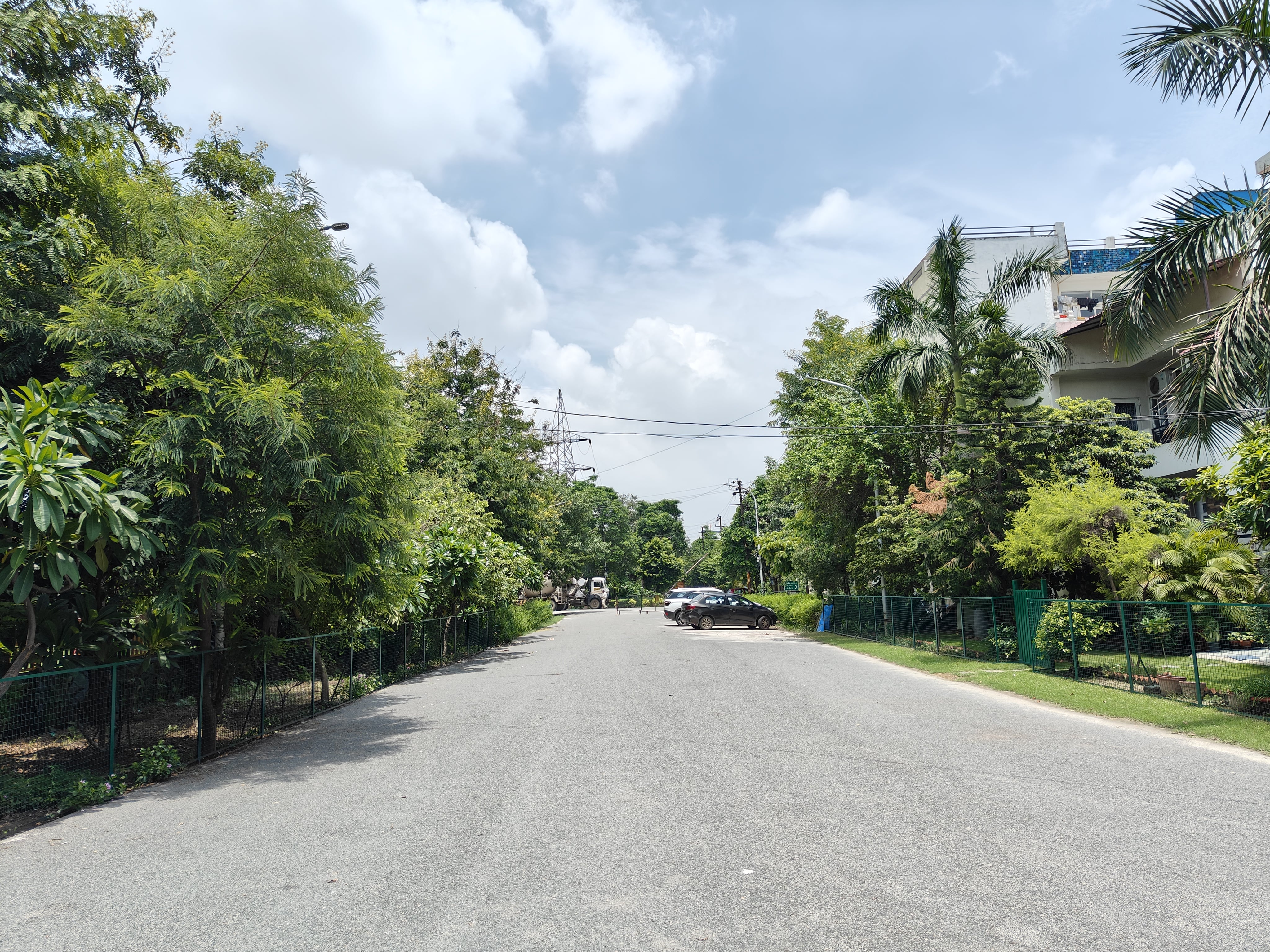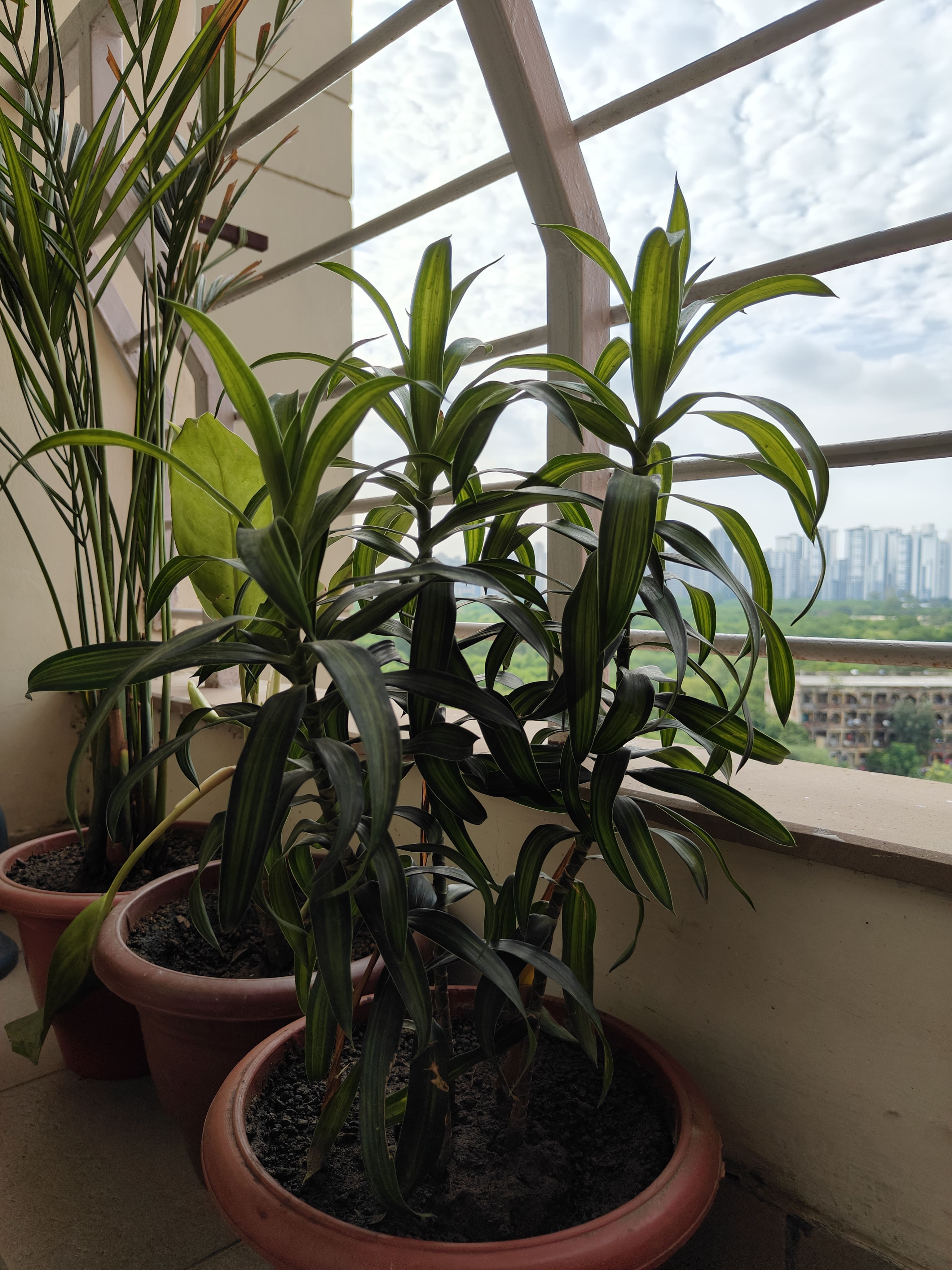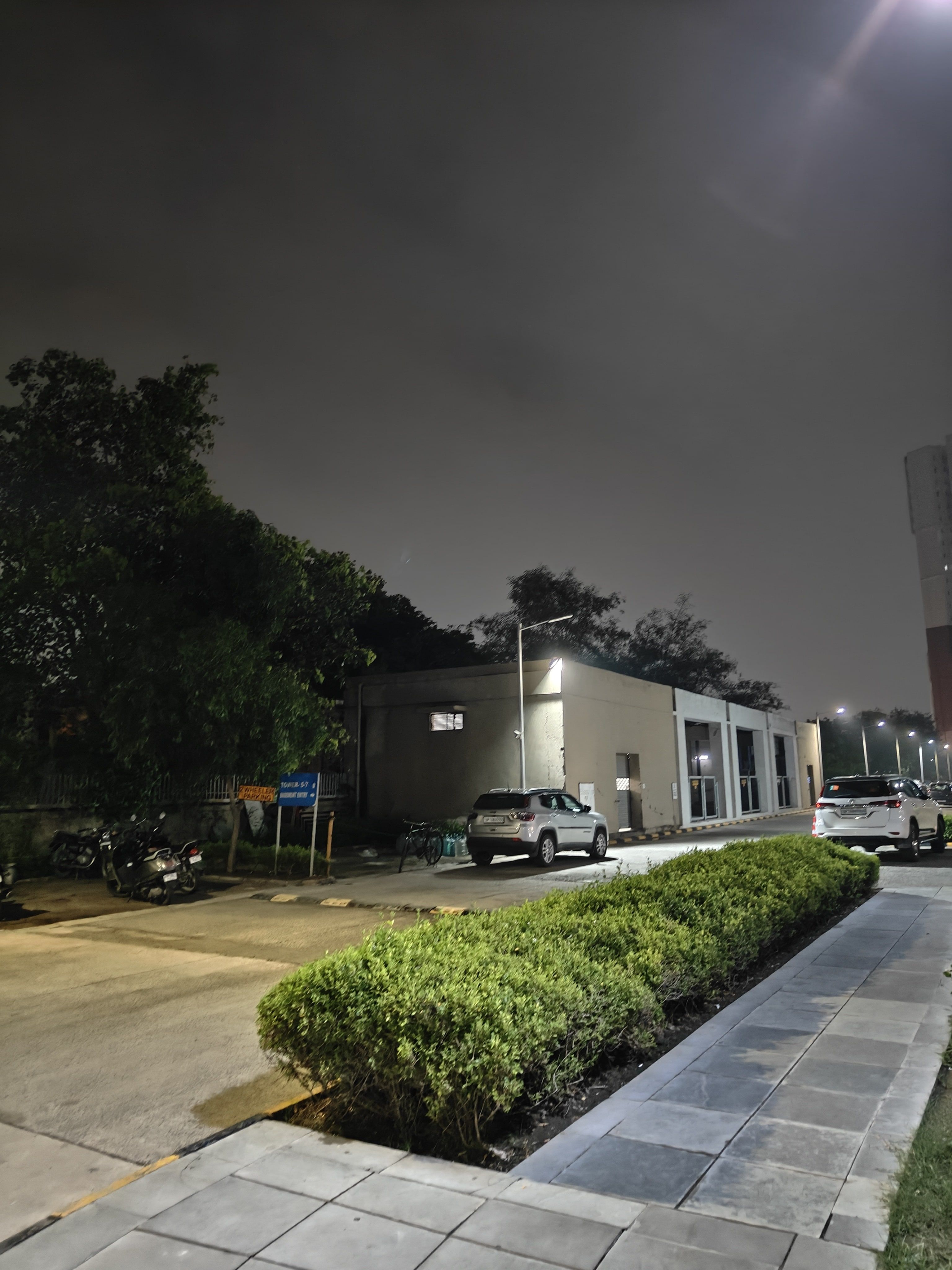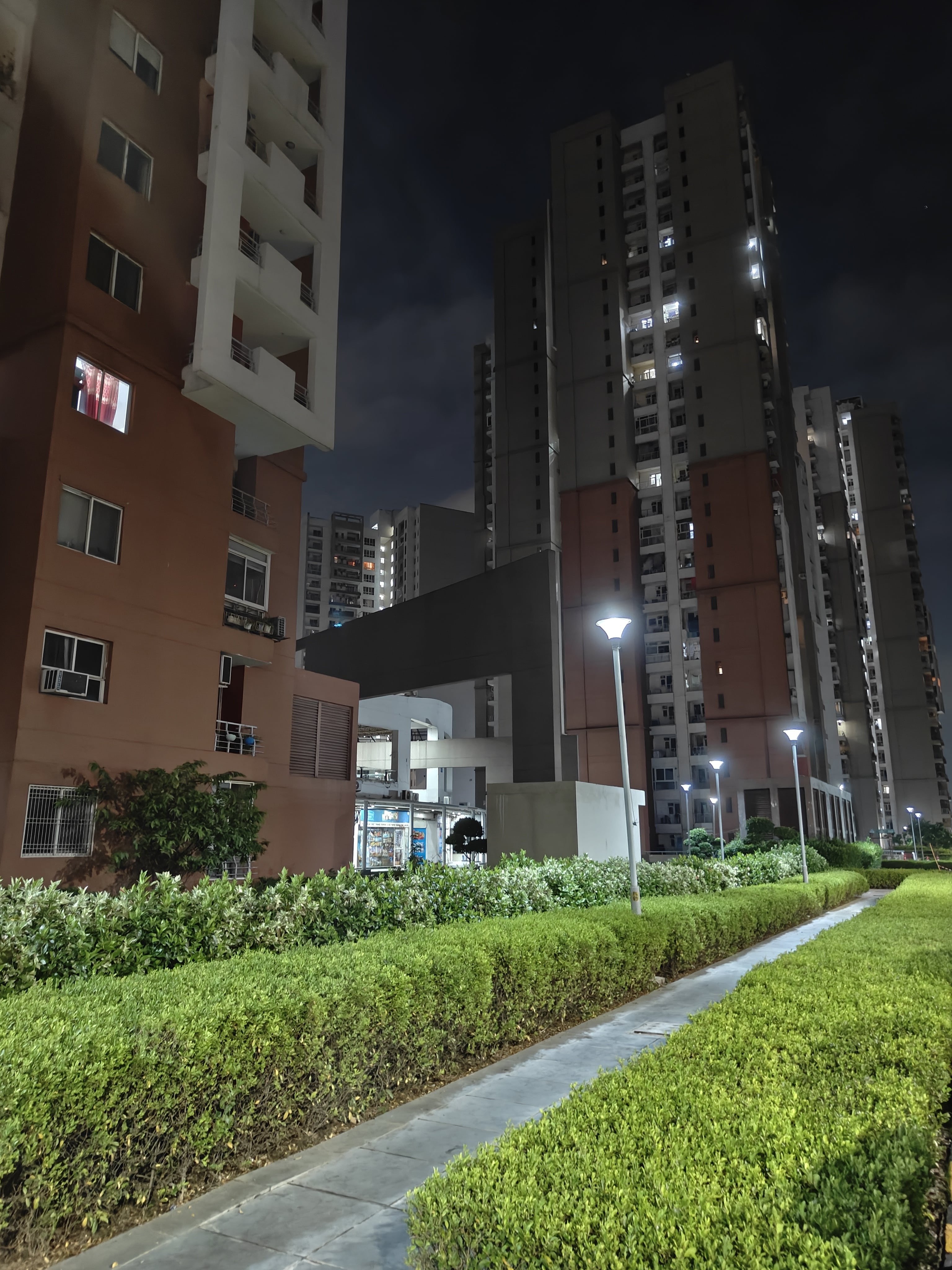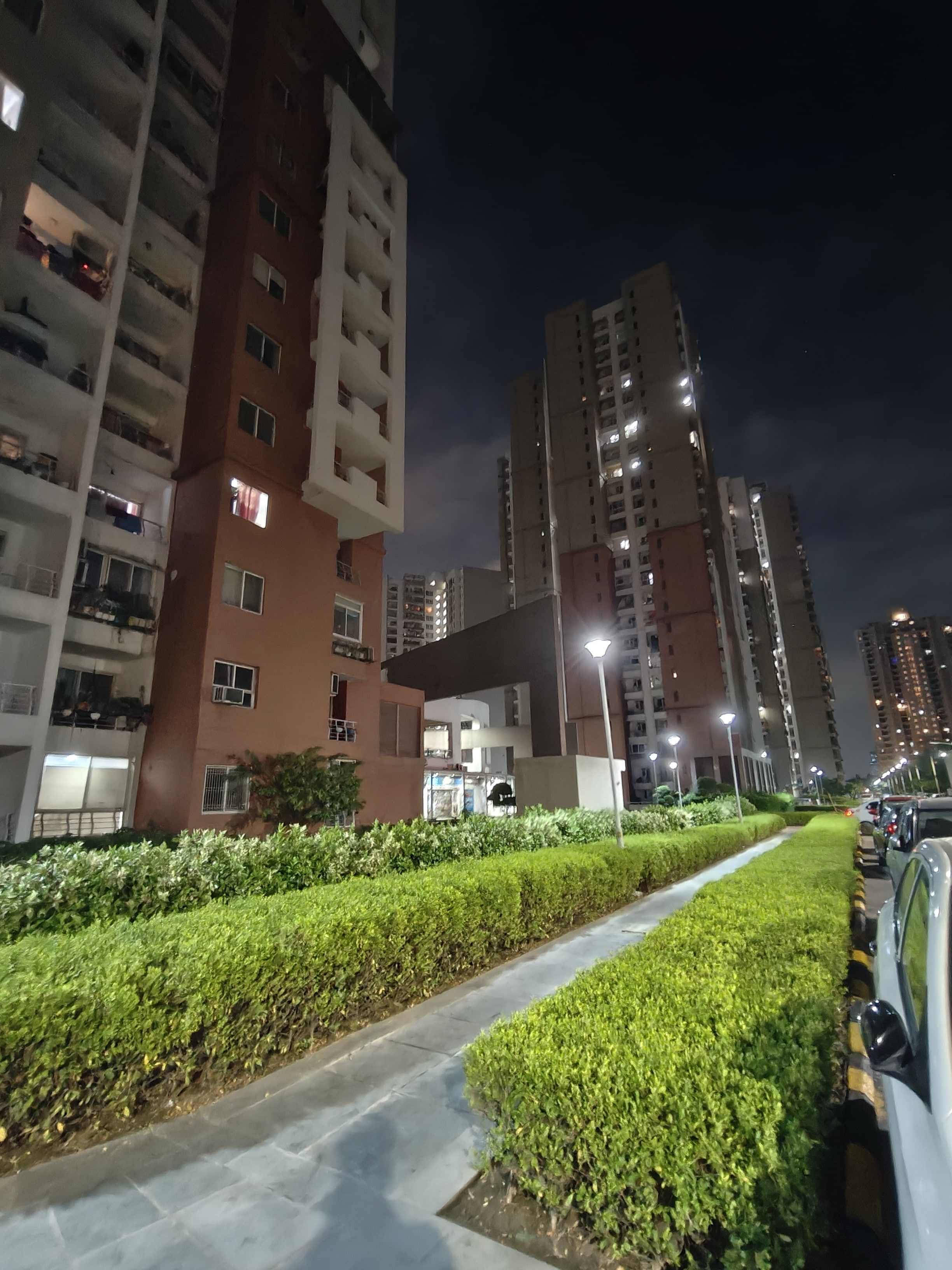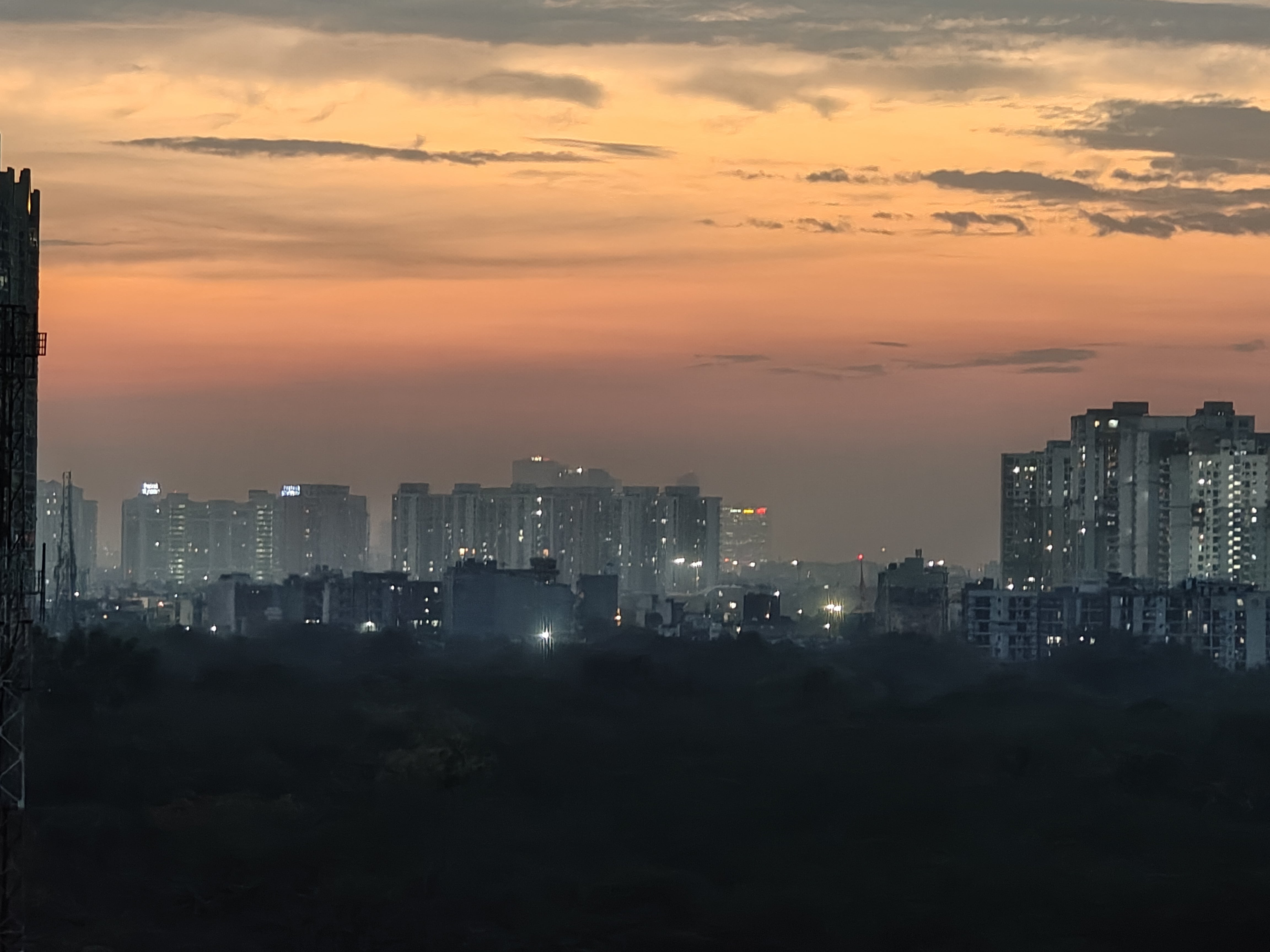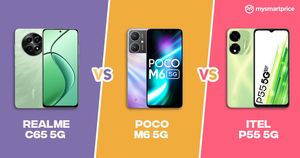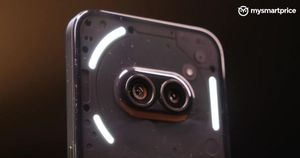
With the Reno 10 series, OPPO is also introducing the “Pro Plus” variant in the Indian markets. The phone gets major upgrades on the camera front, which is pretty much its forte. The Snapdragon 8+ Gen 1 SoC sits at the helm, which means it’ll go against the OnePlus 11R, Nothing Phone (2), iQOO Neo 7 Pro, and more. But, with the pricing in mind, the OnePlus 11 and the iQOO 11 could give it a tough time. So, how well does the Reno 10 Pro Plus fare against the competition? Read our review to find out.
OPPO Reno 10 Pro Plus
Rs 54,999What Is Good?
- Subtle, premium design
- Great performance
- Amazing telephoto camera
- Good low-light performance
- Fast charging
- Beautiful, fast display
What Is Bad?
- Plagued with bloat
- Average battery life
- Can be very slippery
- No IP rating
OPPO Reno 10 Pro Plus Review: Camera quality
- It features a triple-camera setup
- The telephoto portrait camera is a first in the Reno series
Since the Reno 10 Pro Plus’ main selling point is its camera, let’s start with that. The cavalry consists of a 50-megapixel primary camera with the IMX890 sensor, which has been used in the OnePlus 11R (Review) and, very recently, the OnePlus Nord 3 (Review). Accompanying it is a 64-megapixel telephoto portrait camera, a first in the Reno series. Finally, an 8-megapixel 112-degree ultra-wide angle camera completes the setup. The front is equipped with a 32-megapixel selfie camera.
The primary camera performs brilliantly both in the day and night. Photos captured in the daytime were crisp, detailed, and, more importantly, neutral. The colour science of these photos was close to that of Nord 3. Images did not have unnecessary vibrance and oversaturation, which means you get more room to edit in the post. OPPO has introduced ProXDR, which gives the image eight times more dynamic range as compared to SDR by locally upping the screen brightness in HDR mode.
At first glance, the image looks fairly decent, but it’s pretty evident that white portions of the image are overblown to the extent that it loses its natural colours. This happened to one of our colleagues, Yash, who said his white Crocs were never this white. With that being said, this feature works well when photos are captured indoors. The idea is good, but the execution needs some tuning. Hopefully, an update will fix this.
The primary camera also performs amazingly well at night by opening the aperture for more light intake. It’s not a big fan of artificial light sources, as there’s evident glare near the corners, but in most cases, there are little to no grains. Overall, we were more than content with the performance from the primary camera.
There’s a slight dip of colour temperature when switching to the ultra-wide angle camera, and photos had evidently lesser details — which was expected. There was visible distortion at the edges of the images. Regardless, these wide-angle shots captured the essence of the scene and were useful.
The newly introduced telephoto portrait camera has similarities to the Galaxy S23 Plus (Review) — as far as the numbers are concerned. We found the 3x optical zoom to be very useful in daily life. You can also go up to 6x digital zoom without a lot of loss in details.
Portrait photos captured at 3x zoom were on par with the S23 Plus. The edge detection was great with crisp shots, and the colour science stays loyal. This is great because the price disparity between the two mentioned phones is a lot.
Photos clicked with the front shooter were detailed with natural skin tones, as long as you are under the sunlight. Selfies clicked against the light in the Auto HDR mode invite the infamous halo effect that also plagues the OnePlus 11. The phone can capture videos at up to 4K 60fps. Videos captured in both lighting conditions were crisp, with good stabilisation.
OPPO Reno 10 Pro Plus Review: Design and display
- The phone weighs 194 grams
- It has a screen-to-body ratio of 93.9%
The Reno 10 Pro Plus in the Silvery Grey colourway sports a muted and subtle look, and we dig that. The more vibrant Glossy Purple is another option if you wish to flaunt the device. The phone exudes minimalism with its glass sandwich design approach and glossy frames. The curved edges make it easier to grip the phone, but the velvety back panel is extremely slippery. So, we recommend using it with a case to avoid any oopsie moments.

The pill-shaped camera module protrudes a bit, causing the phone to wobble on flat surfaces. It has a dual-toned design, with the top portion made of glass and the bottom made of aluminium. The latter has a groovy texture, which is fun to fiddle with.
The right side of the phone has a volume rocker and a power button. The top portion consists of a secondary speaker grille, an IR blaster, and a secondary microphone. The bottom part has a USB Type-C port, another speaker grille for stereo sound, and a SIM tray.
Sadly, the Reno 10 Pro Plus misses out on any sort of IP rating. So, beware around water bodies. The display is protected by a DragonTrail 2 coating, which is said to provide up to 20% more drop resistance when compared to Gorilla Glass 5.
It’s a tall 6.74-inch OLED screen with a resolution of 1240×2772 pixels. The curved display gives it a premium vibe, with no ghost touches. It refreshes at 120Hz and has a peak brightness of 1400 nits while viewing HDR content. So, using it outdoors is not an issue. Speaking of which, the display produces 10-bit colour and supports HDR10+.
Currently, HDR playback can only be seen on Amazon Prime Video, not Netflix. The panel is crisp, colourful and bright for watching content or scrolling through social media apps. The stereo speaker setup is excellent, with good bass and clarity.
OPPO Reno 10 Pro Plus Review: Performance and software
- A Qualcomm Snapdragon 8+ Gen 1 chipset powers the phone
- You can get up to 12GB RAM and 256GB storage
The Snapdragon 8+ Gen 1 SoC is based on TSMC’s 4nm fabrication process and is quite a popular choice of chipset amongst OEMs. The phone comes with LPDDR5 RAM and UFS 3.1 for storage. You can also find gimmicks, such as RAM expansion on the Reno 10 Pro Plus. It joins a bandwagon of other devices to cross the 1 million mark on AnTuTu v10 tests.

With a score of 1029226, the Reno 10 Pro Plus triumphs over the OnePlus 11R, which managed 856065. This score is obviously lower than the Snapdragon 8 Gen 2-powered smartphones such as the OnePlus 11 and iQOO 11, but that’s alright. Turning on the High-Performance mode further increases the figures to 1274428. Geekbench 6 tests returned a score of 825 and 3258 in single-core and multi-core scores, respectively. 3DMark’s Sling Shot Extreme was no match for the phone, while the Wild Life Extreme returned an average frame rate of 16.10.
It handles multi-tasking well, without any stutters. While the Reno phones are not known for gaming, this one sets itself apart. BGMI can go up to Ultra HD graphics and Ultra frame rates. We played on HDR graphics and Extreme framerates with 60fps gameplay for the most part. The back panel gets warm quickly. This beats the OnePlus Nord 3 pretty easily.

It runs on Color OS 13 based on Android 13 out of the box. It supports three years of software upgrades and four years of security patches. The UI is pretty much the same as its predecessors. While using the OnePlus 11 on the sidelines, both phones often confused us.
The animations are smooth with good features, but the ever-looming dark cloud of bloat can also be seen here. This time around, there are a bunch of games pre-installed too.

Mind you, these aren’t the ones inside the Hot Games folder — are these games not hot enough to be included in that folder? Furthermore, the App Market enjoys sending annoying app recommendation notifications throughout the day.
The Reno 10 Pro Plus has an X-Axis linear motor, and the haptics are quite good.
OPPO Reno 10 Pro Plus Review: Battery and charging
- It packs in a 4,700mAh battery
- You get a 100W SuperVOOC charger in the box
Usually, phones of this stature come with a 5,000mAh battery. But, to maintain a slim profile, OPPO had to cut down on some juice. The Reno 10 Pro Plus gave us a screen-on time of about five hours and 45 minutes. This data was captured while using the phone in normal mode. Using it in High-Performance mode will bring this down massively.
The bundled 100W SuperVOOC charger is said to introduce a new power management chip which should help extend the battery life. It takes the phone about 25 minutes to completely charge from the dead, which is crazy.
OPPO Reno 10 Pro Plus Review: Verdict
The Reno 10 Pro Plus is a balanced package at Rs 54,999. The subtle design can still attract eyes outside, while the crisp screen will continue attracting yours. It gets massive upgrades in terms of the cameras, and honestly, it’s great to see such a capable telephoto camera in this price range.
The performance is top-notch, but the infinite bloat is one of its major downsides. Other alternatives in this price segment include the OnePlus 11 (Review) and the iQOO 11 (Review), which gain the upper hand in performance, but not so much in the camera area.




